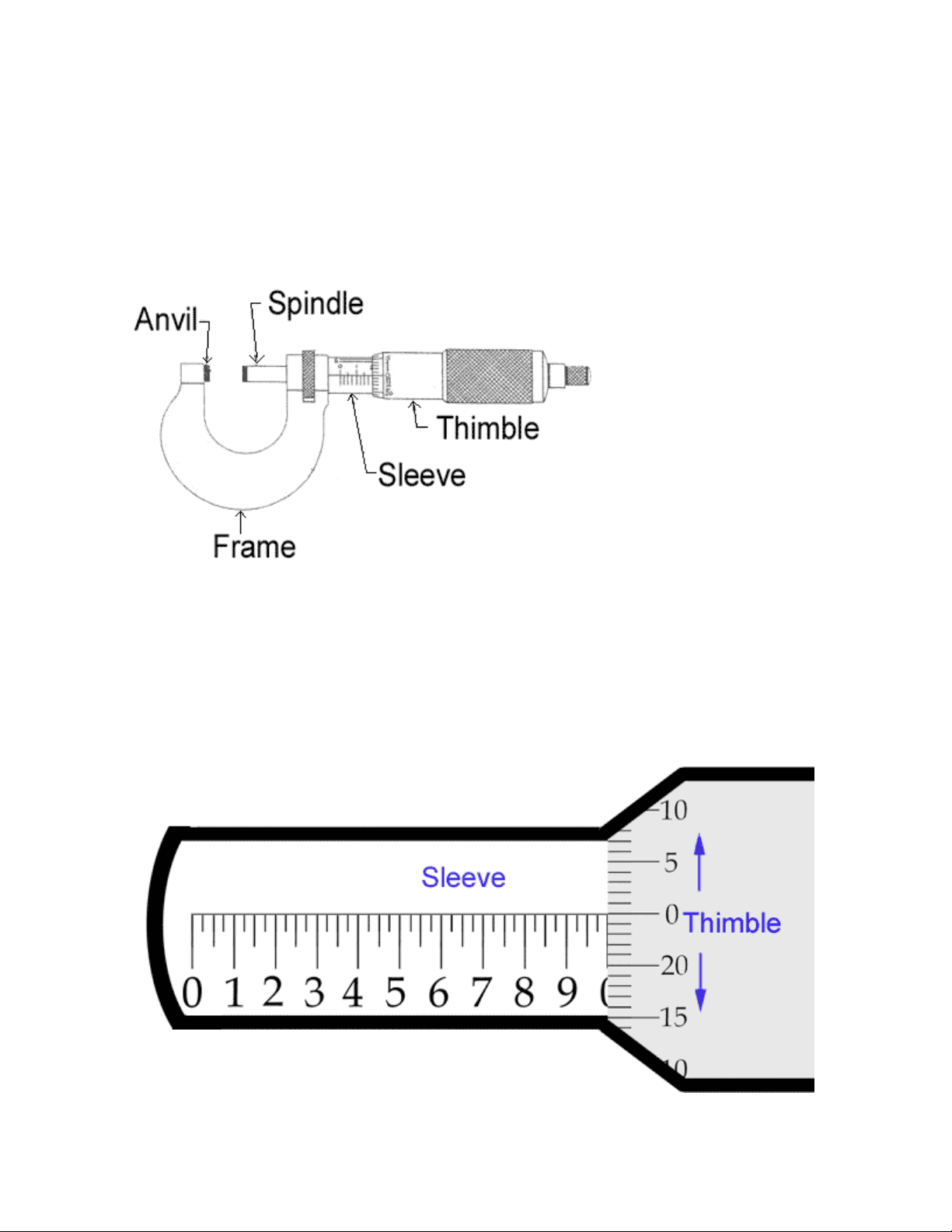
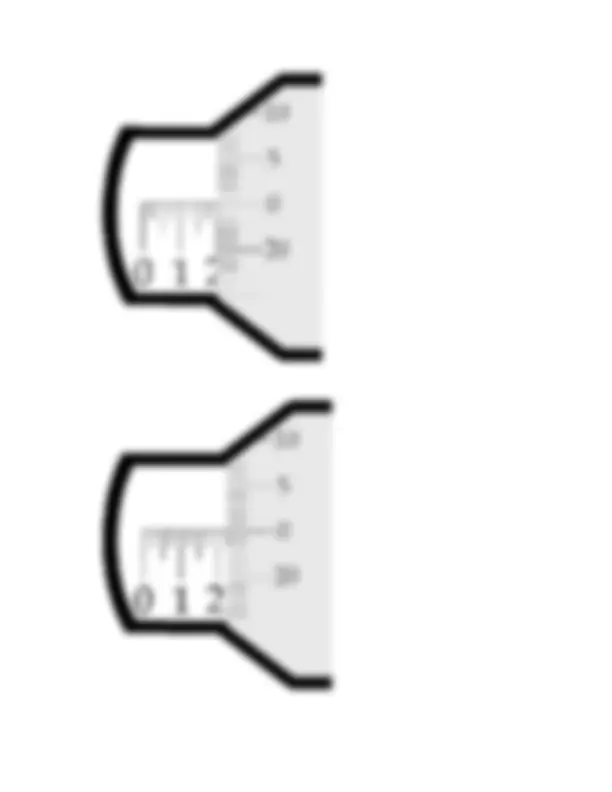
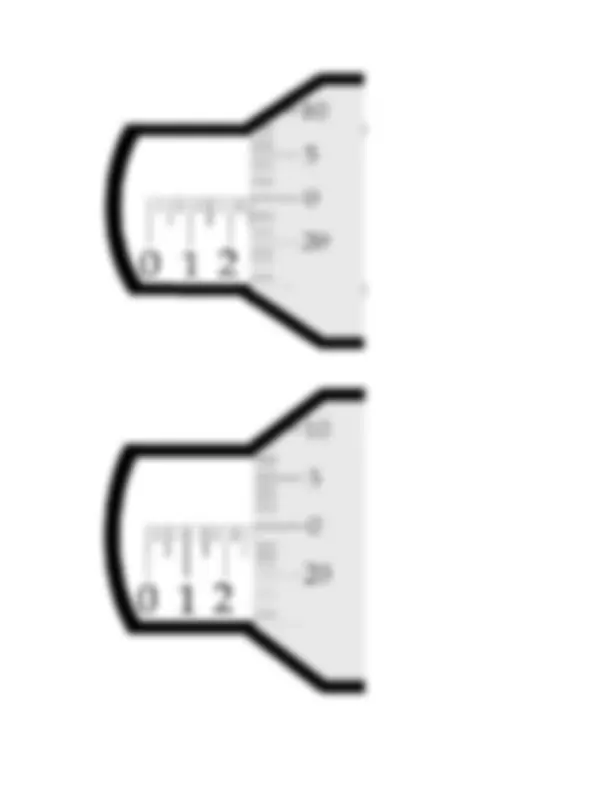
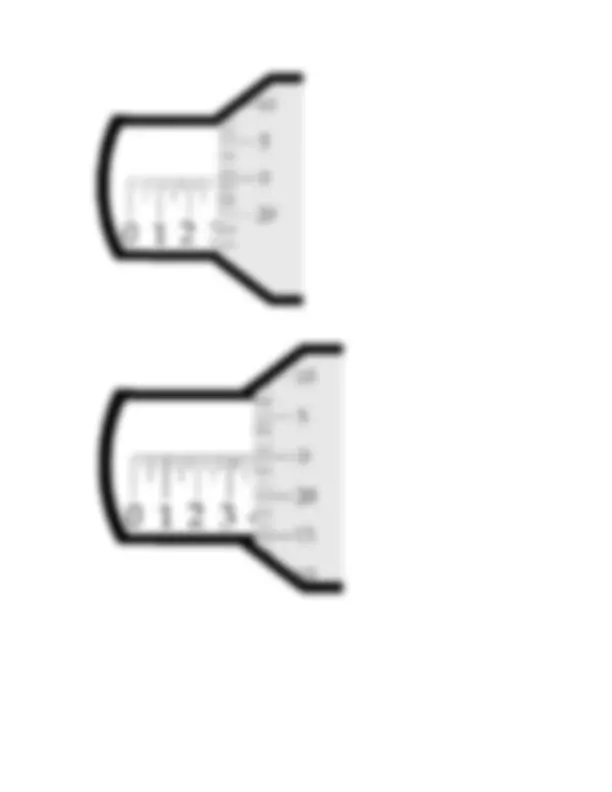
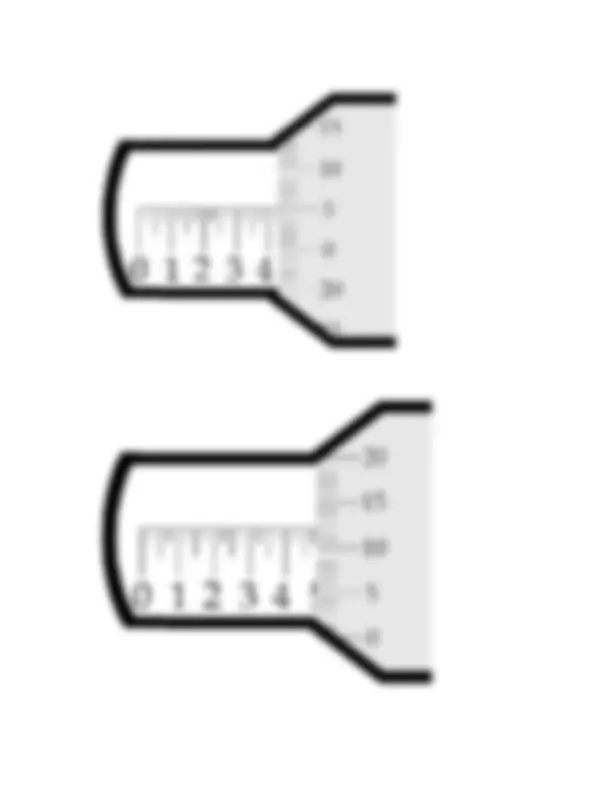
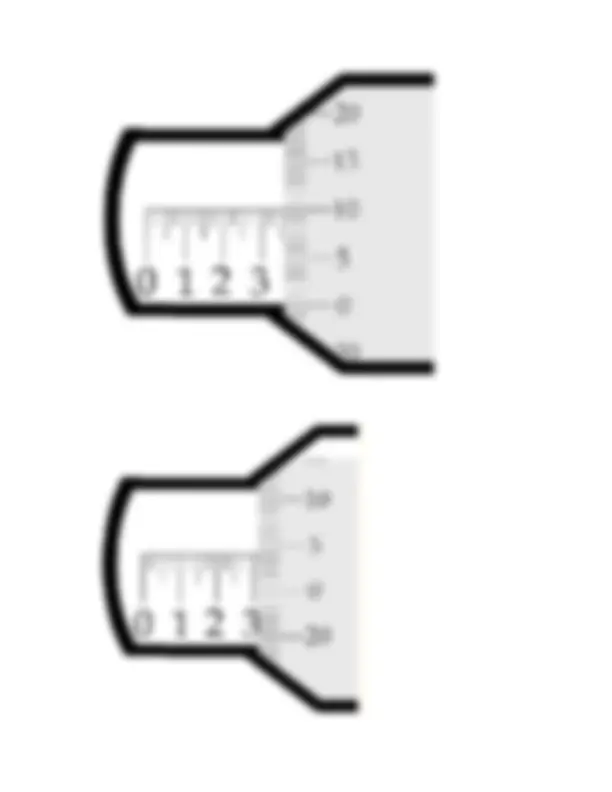
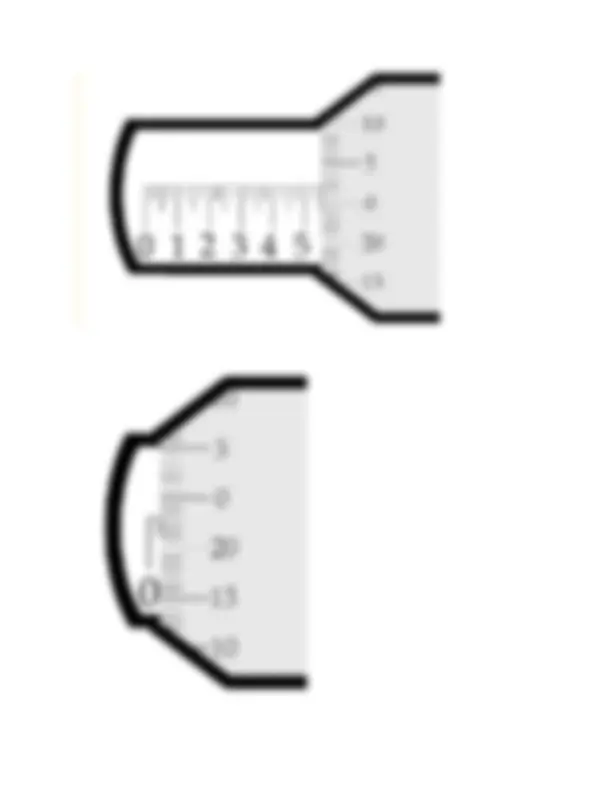


Study with the several resources on Docsity

Earn points by helping other students or get them with a premium plan


Prepare for your exams
Study with the several resources on Docsity

Earn points to download
Earn points by helping other students or get them with a premium plan
Community
Ask the community for help and clear up your study doubts
Discover the best universities in your country according to Docsity users
Free resources
Download our free guides on studying techniques, anxiety management strategies, and thesis advice from Docsity tutors
Learn how to read micrometer measurements by understanding the functions of the Thimble and Sleeve. This guide explains the concept of 'dollars, quarters, and pennies' to help you read micrometer markings accurately.
What you will learn
Typology: Lecture notes
1 / 12

This page cannot be seen from the preview
Don't miss anything!







Reading a micrometer takes practice.
To learn to read the mike you need to understand the Thimble and the Sleeve.
Here we are going to learn to read the micrometer by figuring out the markings on the Thimble and the Sleeve.
The Sleeve does not move. It looks like a ruler with ten numbers. The space between each number is divided into quarters. As the Thimble rotates around this Sleeve it covers up, or reveals the numbers marked on the Sleeve.
It is easy to read a micrometer if you think of the markings on the Sleeve as dollars and quarters.
Now it gets a little easier to read the mike. For example, what are the readings on the micrometers shown below? (click on the arrow at the end of "What is this reading" to get the answer)
O.K. so now we know how to read a micrometer! We just need some practice. In the picture below, the Sleeve shows 3 dollars and one quarter (25 cents). The Thimble shows one penny. To calculate this reading we add 3 dollars plus 1 quarter plus 1 penny. The actual measurement is .326 inches.
See if you can calculate the measurement below